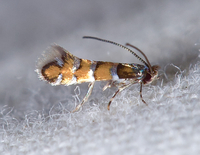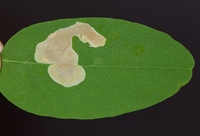 | Recorded by: Tracy Feldman, David George on 2025-05-09
Cumberland Co.
Comment: | 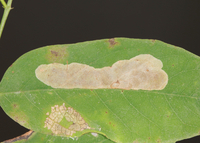 | Recorded by: Jim Petranka and Becky Elkin on 2024-08-17
Buncombe Co.
Comment: |
 | Recorded by: Ken Kneidel on 2024-08-16
Mecklenburg Co.
Comment: |  | Recorded by: Ken Kneidel on 2024-08-16
Mecklenburg Co.
Comment: |
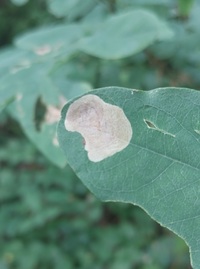 | Recorded by: Mark Basinger on 2024-08-09
Mitchell Co.
Comment: | 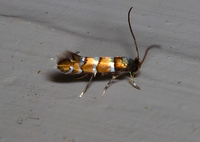 | Recorded by: Jim Petranka on 2024-08-08
Madison Co.
Comment: |
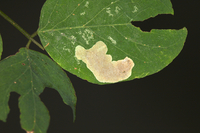 | Recorded by: Jim Petranka and Mark Basinger on 2024-08-06
Mitchell Co.
Comment: | 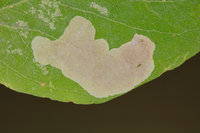 | Recorded by: Jim Petranka and Mark Basinger on 2024-08-06
Mitchell Co.
Comment: |
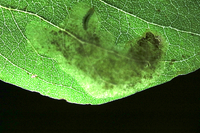 | Recorded by: Jim Petranka and Mark Basinger on 2024-08-06
Mitchell Co.
Comment: |  | Recorded by: Ken Kneidel on 2024-07-31
Mecklenburg Co.
Comment: |
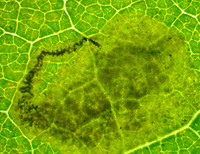 | Recorded by: Ken Kneidel on 2024-07-31
Mecklenburg Co.
Comment: |  | Recorded by: Ken Kneidel on 2024-07-31
Mecklenburg Co.
Comment: |
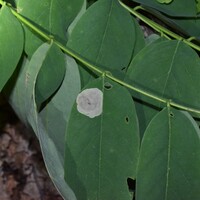 | Recorded by: David George, Stephen Dunn, Jeff Niznik on 2023-07-31
Macon Co.
Comment: | 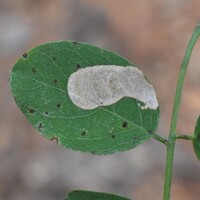 | Recorded by: David George, Stephen Dunn, Jeff Niznik, Rich Teper, Becky Watkins on 2023-07-29
Swain Co.
Comment: |
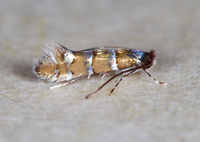 | Recorded by: Jim Petranka on 2023-07-21
Madison Co.
Comment: | 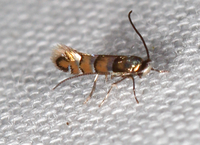 | Recorded by: Jim Petranka on 2023-07-06
Madison Co.
Comment: |
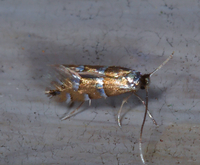 | Recorded by: Jim Petranka on 2023-06-05
Madison Co.
Comment: | 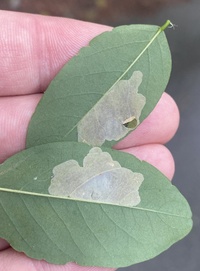 | Recorded by: David George, Peregrine Bratschi on 2023-05-19
Durham Co.
Comment: |
 | Recorded by: Jim Petranka and Bo Sullivan on 2023-05-17
Richmond Co.
Comment: | 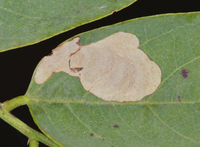 | Recorded by: Jim Petranka and Becky Elkin on 2022-11-04
Anson Co.
Comment: |
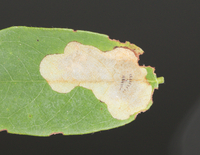 | Recorded by: Jim Petranka and Becky Elkin on 2022-10-06
Burke Co.
Comment: | 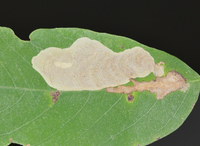 | Recorded by: Jim Petranka and Becky Elkin on 2022-10-04
Transylvania Co.
Comment: |
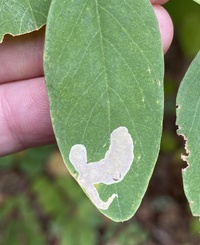 | Recorded by: David George on 2022-09-24
Durham Co.
Comment: |  | Recorded by: David George on 2022-09-24
Durham Co.
Comment: |
 | Recorded by: Jim Petranka and Becky Elkin on 2022-09-13
Rutherford Co.
Comment: |  | Recorded by: Ken Kneidel on 2022-08-22
Mecklenburg Co.
Comment: |
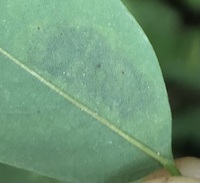 | Recorded by: Ken Kneidel on 2022-08-22
Mecklenburg Co.
Comment: | 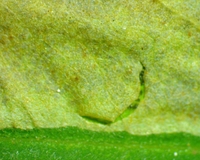 | Recorded by: Ken Kneidel on 2022-08-22
Mecklenburg Co.
Comment: |
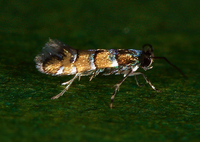 | Recorded by: Jim Petranka and Becky Elkin on 2022-08-20
Polk Co.
Comment: An adult that was reared from Black Locust; mine on Aug. 3; adult emerged on August 20. |  | Recorded by: Jim Petranka and Becky Elkin on 2022-08-03
Polk Co.
Comment: |
|

 »
»
